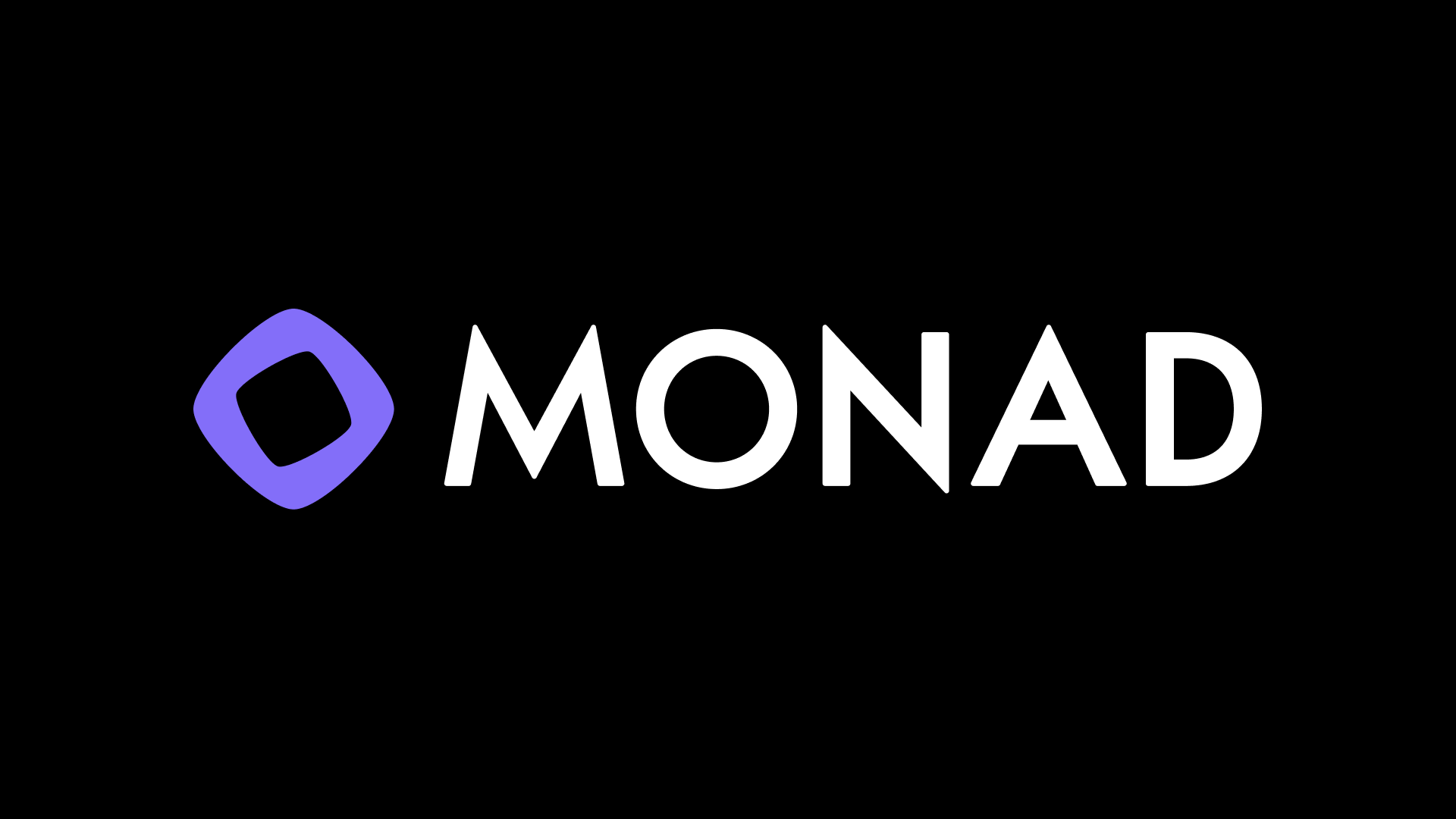Stork Network
Posted on March 5, 2025 by Admin

Detailed Analysis of Stork Network: The Fastest Decentralized Oracle in the Industry
Today, in the blockchain and decentralized finance (DeFi) ecosystem, the role of oracle protocols (bridges for data from off-chain to on-chain) is becoming increasingly critical. Stork Network, an emerging decentralized oracle project, is gaining attention for its commitment to delivering real-time data with ultra-low latency. In this article, we will provide an in-depth analysis of Stork Network—from its technology, features, growth potential, to the challenges it may face.
1. What Is Stork Network?
Stork Network is a decentralized oracle protocol designed to provide reliable, fast, and cryptographically verifiable data for both on-chain and off-chain applications. Unlike many traditional oracles like Chainlink or Pyth Network, Stork focuses on minimizing data latency to the lowest possible level, typically under 500ms or when prices change by 0.1%, whichever occurs first. This is a key advantage, especially for DeFi applications requiring instant responses, such as trading on decentralized exchanges (DEXs), lending, or derivatives.
Stork’s core goal is to build a "Open Data Market" that is decentralized, where developers, protocols, and data providers can participate, share, and consume data flexibly. The project currently supports over 350 assets across more than 50 blockchains, including EVM (Ethereum Virtual Machine), Solana, Sui, Aptos, and many others, with the ability to easily expand to new chains.
2. Technology and Architecture of Stork Network
Stork Network operates on a three-layer architecture, ensuring performance, decentralization, and transparency:
a. Publishers (Data Providers)
- These are data providers, which can be individuals, organizations, or financial platforms, using the Stork Publisher Agent (open-source, deployable via Docker) to send cryptographically signed data via ultra-fast websockets.
- Anyone can become a Publisher, enhancing decentralization and expanding the data sources.
b. Aggregators (Data Aggregators)
- Aggregators receive data from Publishers, aggregate information using functions like median, average, or weighted average, then re-sign and send it to Subscribers.
- Currently, Aggregators are operated by Stork Labs, but the project plans to fully decentralize them in the future, using redundant sets to ensure reliability.
c. Subscribers (Data Consumers)
- Subscribers are applications or smart contracts that use data from Aggregators. They can access data via websockets, REST API (off-chain), or bring data on-chain via Stork contracts.
- Stork’s on-chain contracts are responsible for storing, verifying, and providing the latest data, ensuring a "trustless" (no need for intermediaries) system.
Stork leverages websocket technology to achieve sub-second latency, sometimes as low as a few milliseconds, far surpassing many other oracles like Chainlink (which typically updates data every few seconds). This makes Stork ideal for applications requiring instant responses, such as trading digital assets or risk management in DeFi.
3. Key Products of Stork
Stork Network offers a range of products and services to meet diverse user needs:
a. Stork for Real Time
- Real-time price feeds with ultra-low latency, suitable for DeFi applications like DEXs, lending, and derivatives.
- Data is continuously updated to ensure accuracy and speed.
b. Stork for Options
- A specialized oracle service for derivatives (options, futures), providing data via REST API to support complex financial protocols.
c. Composite Oracle Service (COS)
- A customizable service allowing users to create data aggregators tailored to specific needs, increasing flexibility and expanding use cases.
4. Strengths of Stork Network
a. High Performance
- Data latency under 500ms is a significant advantage over other oracles, making Stork highly competitive in DeFi, where speed is critical.
- Using ultra-fast websockets, Stork achieves performance comparable to traditional financial trading systems (TradFi).
b. Decentralization and Transparency
- A decentralized network of Publishers allows anyone to participate, reducing reliance on centralized data providers.
- Data is cryptographically signed and verifiable, ensuring a "trustless" and secure system.
c. Flexibility and Scalability
- Support for multiple chains (over 50 blockchains) and multiple assets (over 350 assets), along with customization via COS, enables Stork to adapt to various use cases.
- The project plans to expand beyond DeFi into areas like DePIN (Decentralized Physical Infrastructure Networks) and IoT, unlocking long-term potential.
d. Community and Investment Support
- Stork has successfully raised $4 million from major investment funds like Faction, Wintermute, CMS, and other organizations, demonstrating trust from the Web3 community.
- Active community engagement on X and Discord (such as opening channels like
#peep-contributions,#peep-memes,#real-eggs) is attracting new users and boosting interaction.
5. Challenges and Risks
Despite its strengths, Stork Network faces several challenges:
a. Fierce Competition
- Stork must compete with established oracles like Chainlink, Pyth Network, and Band Protocol, which already have strong communities, ecosystems, and credibility.
- For example, Chainlink has a vast data network and partnerships with major projects, while Pyth focuses on high-quality financial data.
b. Incomplete Decentralization
- Currently, Aggregators are operated by Stork Labs and are not fully decentralized. This raises concerns about transparency and the risk of centralized control.
- The project needs to accelerate its decentralization plans to build long-term trust.
c. Costs and On-Chain Performance
- Bringing data on-chain requires gas fees, which could become a barrier if update frequency is high or if blockchain networks are congested.
- Stork needs to optimize to reduce costs and maintain consistent performance.
d. Security Risks
- Although data is cryptographically signed, the system remains vulnerable to attacks if malicious Publishers exist or if there are flaws in the data aggregation mechanism.
- Stork must invest heavily in security audits and develop fraud detection mechanisms.
6. Growth Potential
Stork Network has significant potential to become a leading oracle protocol due to the following factors:
a. Growing DeFi Market
- DeFi continues to be one of the fastest-growing sectors in Web3, with increasing demand for real-time data for applications like DEXs, lending, and derivatives.
- Stork’s low latency is a major competitive edge, especially for protocols requiring instant responses to prevent asset losses or liquidation risks.
b. Expansion into DePIN and Other Fields
- Stork is positioned as a DePIN project, with the capability to provide data for decentralized physical infrastructures, such as IoT, sensors, or weather data.
- If successful, Stork could expand into multiple industries beyond finance, creating a comprehensive data ecosystem.
c. Community Strategy
- Activities like opening community channels (#peep-contributions, #peep-memes, #real-eggs) and the "stacking EGGs" system (accumulating "eggs," possibly a token or reward) show Stork is building a vibrant, enthusiastic community.
- Encouraging user participation in creative activities (memes, egg photos) and contributions is an effective strategy to boost engagement and attract new users.
d. Reward System
- While the full tokenomics of Stork have not been fully disclosed, "EGGs" (eggs) could be a token or reward within the ecosystem, tied to accumulation and roles like "@Winged."
- If implemented well, this system could provide strong incentives for users and developers.
7. Evaluation and Recommendations
Stork Network is a promising project in the oracle space, thanks to its advanced technology, superior speed, and creative community strategy. However, to achieve long-term success, the project needs to:
- Fully Decentralize: Enhance the decentralization of Aggregators to build trust and reduce centralization risks.
- Compete with Major Rivals: Invest in marketing, partner with major DeFi protocols, and demonstrate superior value compared to Chainlink, Pyth, and others.
- Optimize Costs: Minimize gas fees and improve on-chain performance to remain competitive.
- Build an Ecosystem: Expand into DePIN, IoT, and other fields to diversify applications.
If you’re considering investing in or partnering with Stork, now is a good time to monitor the project, join the community, and test products like Stork for Real Time or COS. With a strong team, $4 million in funding, and a clear development strategy, Stork has the potential to become a standout name in the oracle and Web3 space.
8. Conclusion
Stork Network is not just another oracle protocol—it represents a new advancement in delivering real-time, decentralized, and flexible data. With its low latency, open architecture, and creative community strategy, Stork is laying the foundation to compete strongly in DeFi and expand into other fields. However, the project must overcome challenges related to competition, decentralization, and costs to truly establish its position.
Follow Stork on X (@StorkOracle), Discord, and its official website (https://docs.stork.network/) for the latest updates. This could be a project worth watching in 2025 and beyond.
Top post

Blockcast: Accelerating the Internet, Connecting the World
What is Blockcast? Blockcast is a next-generation Content Delivery Network (CDN) that uses multicast technology to address bandwidth challenges in the era of booming streaming. Born at UC Berkeley, the project aims to build a decentralized network that leverages community power to deliver high-quality content like 4K and 8K globally while slashing costs for providers. With the slogan "Content Delivery, Powered By You!", Blockcast is not just a technology but an ecosystem where anyone can parti
June 2, 2025

Analysis of Nockchain: A ZK-Proof-of-Work Blockchain
Introduction to Nockchain In the fast-evolving world of blockchain, Nockchain emerges as a unique project aiming to revolutionize decentralized computing. Founded in 2023 in Berlin, Germany, Nockchain is a high-throughput blockchain leveraging a Zero-Knowledge Virtual Machine (ZKVM) and a novel ZK-Proof-of-Work (ZKPoW) consensus mechanism. With its native token, $NOCK, and a promise of a fair launch, Nockchain has sparked interest in the Web3 community. However, controversies at its mainnet lau
May 29, 2025

Monad: The Future of Layer 1 Blockchain with Unparalleled Performance
As the blockchain industry continues to evolve, Monad emerges as a promising Layer 1 (L1) blockchain, delivering exceptional performance and scalability. Aiming for 10,000 transactions per second (TPS), a block time of just 0.5 seconds, and full compatibility with the Ethereum Virtual Machine (EVM), Monad is capturing the attention of developers and users alike. Let’s dive into the details of this groundbreaking project and discover how you can get involved today! What is Monad? Monad is a La
May 12, 2025

Drosera Network: Revolutionizing DeFi Security and How to Run a Node
Decentralized Finance (DeFi) has transformed the financial landscape, but with great innovation comes great risk. Since 2014, DeFi protocols have lost nearly $80 billion to exploits, highlighting the urgent need for robust security solutions. Enter Drosera Network, a decentralized security protocol built on Ethereum that aims to safeguard DeFi ecosystems through automated threat detection and response. In this article, we’ll dive deep into what Drosera Network is, why it matters, and provide a s
April 20, 2025

Gensyn: Revolutionizing AI Compute and Guide to Running a Node
Introduction to the Gensyn Project Gensyn is a decentralized Machine Learning Compute Protocol designed to connect global computing resources into a supercluster tailored for artificial intelligence (AI). Developed by a UK-based team, Gensyn aims to reduce the costs of training AI models, increase accessibility for researchers, engineers, and academics, and ensure transparency and censorship resistance through blockchain technology. Goals and Vision * Cost Reduction: Gensyn claims it can cu
April 14, 2025

Pipe Network: The Future of Decentralized CDN and Opportunities from the Node DevNet 2 Program
In the digital era, where the speed of content delivery is a critical factor, content delivery networks (CDNs) have become indispensable in ensuring a seamless user experience. However, giants like Cloudflare and Akamai, while powerful, remain constrained by their traditional centralized models. Enter Pipe Network—a decentralized CDN built on the Solana blockchain—emerging as a fresh contender promising to revolutionize how we approach content distribution. Notably, its current Node DevNet 2 pro
March 18, 2025